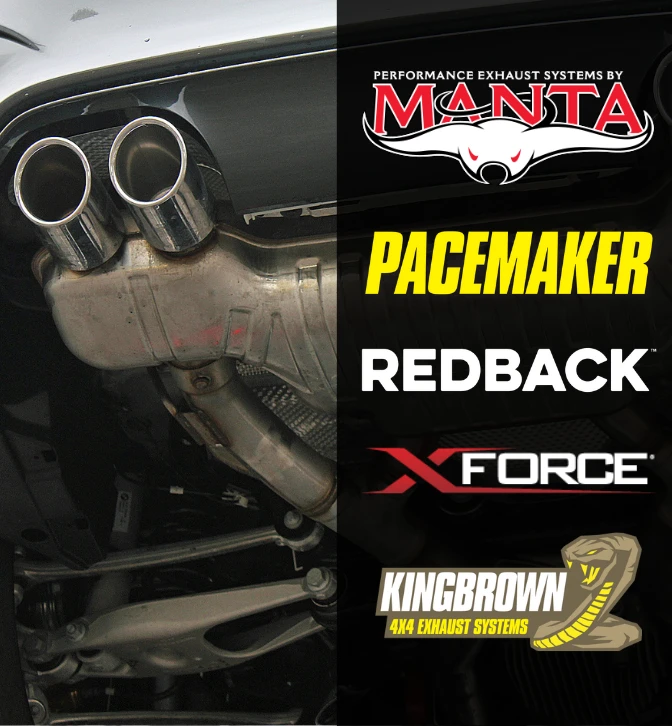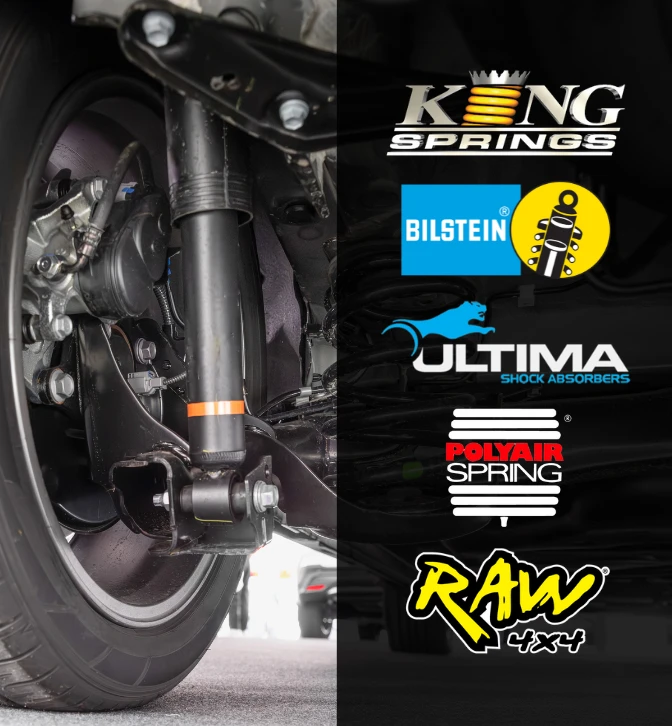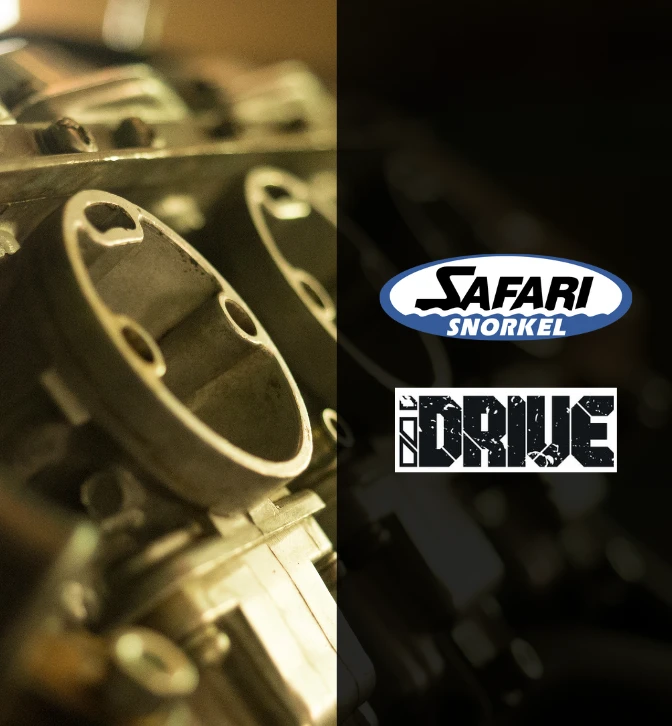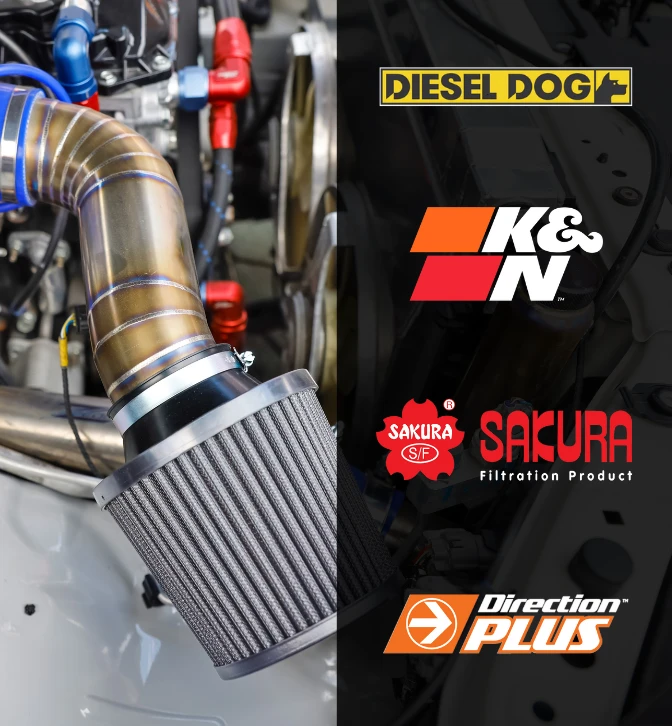-
Exhaust
- Back
- Exhaust
- Performance Exhaust Systems
- Standard Replacement Exhaust Systems
-
Exhaust Accessories
- Exhaust Bolts, Nuts & Studs
- Clamps
- Collectors
- Exhaust Reducers & Couplers
- Exhaust Tips
- Flange Plates
- Exhaust Flex Bellows
- Exhaust Brackets & Hanger Rods
- Gaskets
- Heat Tape
- Mandrel Bends
- O2 Sensors & Exhaust Temperature Sensor Accessories
- Paint
- Muffler & Exhaust Mounting Brackets
- Tube
- X & Y Pipes
- All Exhaust Accessories Products
- Catalytic Converters
- DPF Filters
- Exhaust Extractors / Headers
- Universal Mufflers & Hotdog Mufflers
- All Exhaust Products
![Exhaust]()
- Suspension
- Performance
- Towing
- Filters
- Truck
- On Sale
- About Us
- Blog
- Contact Us
6 Symptoms of Bad Control Arms and Troubleshooting Tips
Date Posted: 20 June 2024

Control arms are an undeservedly overlooked part of the suspension system - they can influence everything from the braking distance to the comfort of a ride. As such, having good control arms is critical. However, as with all components, they wear out over time. So what are some symptoms of bad control arms that can tell you something is not functioning properly?
How can you know that your control arms need replacing? That’s what we will discuss in this article - we will list 6 bad control arm symptoms, talk about the reasons control arms go bad, and how you can resolve your issues. However, before we start talking about faulty control arms, let’s quickly cover the basics.
What Is the Structure and Function of Control Arms?
Control arms are one of the basic components of your car’s suspension system - their primary function is to connect the wheels to the vehicle's frame and manage the motion of the wheels. Typically, a control arm is a sturdy metal part, often shaped like an “A” or an “L.” They are connected to the car’s frame on one end by bushings that allow slight movement and to the wheel assembly on the other end via ball joints.
Control arms help the wheels maintain proper alignment and angle and ensure that the tyres remain in contact with the road surface. As part of the suspension system, they also absorb and dampen the impact from bumps and potholes, preventing it from being transmitted to the vehicle's body and, ultimately, to you. In more practical terms, control arms allow the wheels to move up and down in a controlled manner, providing stability and handling precision. In combination with struts or shock absorbers, their function is to ensure that the car handles well and rides comfortably.
The Relationship Between Control Arms and Shock Absorbers or Struts
Control arms allow the wheels to move up and down while maintaining alignment and proper angle, dampening the impact from bumps and potholes. So what do shock absorbers do? At the same time, shock absorbers (or struts, depending on the configuration of your vehicle) are designed to dampen the oscillations caused by the movement of the control arms. For example, when your car hits a bump, the control arms enable the wheels to move upward. Shock absorbers and struts then step in to control the rate at which this movement happens, absorbing the energy from the bump and preventing excessive bouncing.
Control arms also ensure the wheels stay in the correct position relative to the car’s frame, and shocks and struts modulate the impact and vibrations to reduce the strain on the control arms and other suspension components. In short, control arms, shocks, and struts in tandem to manage wheel movement and absorb impacts from the road, thereby keeping your vehicle stable and making sure it handles well. That is, this is what happens when control arms are functioning as they should. But what if they are not? What are some bad control arm symptoms?
6 Bad Control Arm Symptoms
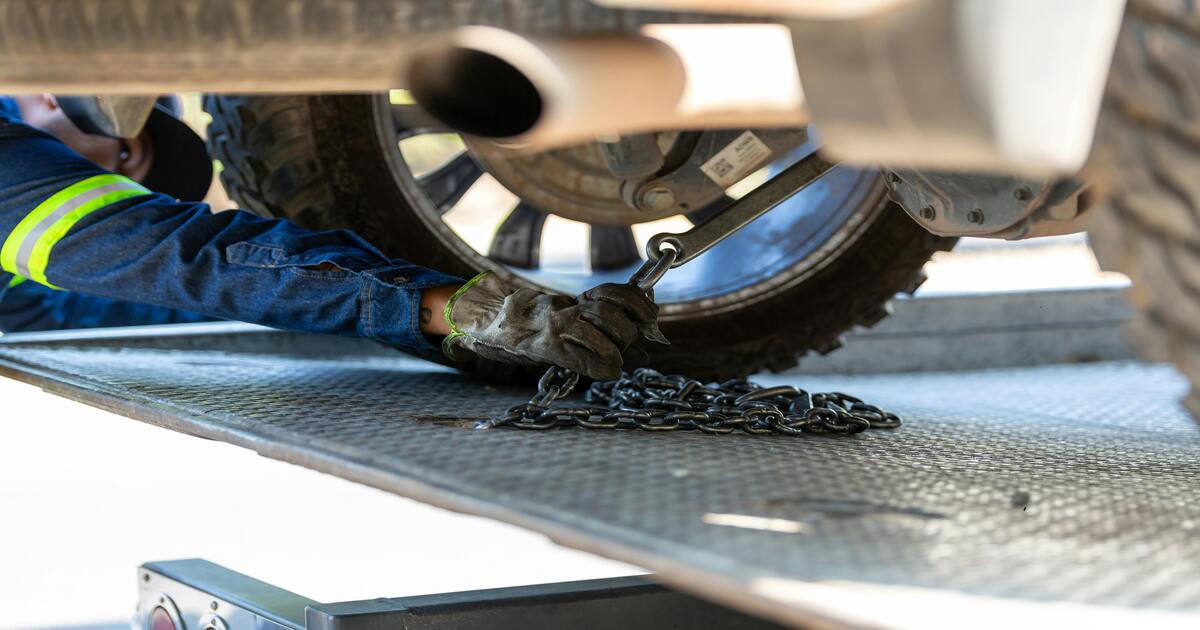
If you are experiencing suspension system problems, there is a good chance that it is due to bad control arms. So here are 6 bad control arm symptoms that indicate you should have them checked:
-
Clunking or Banging Noises
If you are hearing clunking, banging, or knocking sounds, especially when driving over bumps or making turns, your control arms could be the reason. These noises are often more noticeable when driving on rough roads or during sharp turns and are typically caused by worn or damaged bushings. The sounds you hear are the result of metal components coming into contact without the cushioning effect of healthy bushings.
-
Steering Problems
Another bad control arm symptom is loose or wandering steering. If the steering feels loose or like it wanders, making it difficult to keep your car in a straight line, you could be dealing with worn or damaged busing or ball joints. Besides the noise we discussed above, worn control arm bushings or ball joints can affect the alignment and control of the wheels, leading to unstable steering.
-
Uneven Tyre Wear
Worn tyres are also an indicator that something is wrong with your control arms. Faulty control arms can misalign the wheels, causing uneven distribution of tyre contact with the road, which will lead to the tyres showing uneven wear patterns, such as more wear on the inside or outside edges. The simplest way to identify this issue is to regularly inspect your tyres.
-
Vibrations in the Steering Wheel
Because damaged control arm components can lead to improper wheel alignment and balance, your steering wheel may vibrate. These vibrations typically start out as subtle and become more pronounced over time, and you should feel them most when driving at higher speeds. Ignoring this symptom of bad control arms can lead to more severe suspension and steering issues.
-
Instability While Braking
One more bad control arm symptom that you could experience is instability or swaying during braking. During braking, the load on the suspension changes, and faulty control arms have issues managing that. You may feel as if your car is diving or lurching forward. If you experience something like this, you should have the control arms checked as soon as possible because your break distance could be longer, which can seriously impact your safety.
-
Excessive Play in the Suspension
Finally, the last bad control arm symptom is excessive movement or play in the suspension when pushing down on the car's corners. You can easily test this manually by pushing down on the corners of the car. Excessive bounce or play indicates that the suspension components, which could be the control arms, are not providing adequate support and something needs to be changed.
Why Do Control Arms Go Bad?
Control arms play a critical role in your vehicle’s suspension system and are constantly subject to significant wear and tear. One of the main reasons they deteriorate is exposure to harsh road conditions. Constantly driving over potholes, speed bumps, and rough terrain will strain them and cause them to last shorter than would be ideal.
Environmental factors also play a significant role - control arms are exposed to dirt, water, and road salt, which leads to corrosion and rust. This degradation weakens the metal, making the control arms more susceptible to damage and failure. On top of that, poor maintenance can accelerate this process - neglecting regular inspections and lubrication causes components to wear out faster.
Manufacturing defects, although rare, can also lead to premature failure. Subpar materials or flawed designs can result in control arms that do not withstand normal usage as effectively. Ultimately, regular maintenance and mindful driving can help extend the lifespan of control arms, but they will eventually need to be replaced as part of routine vehicle upkeep.
Solutions for Faulty Control Arms
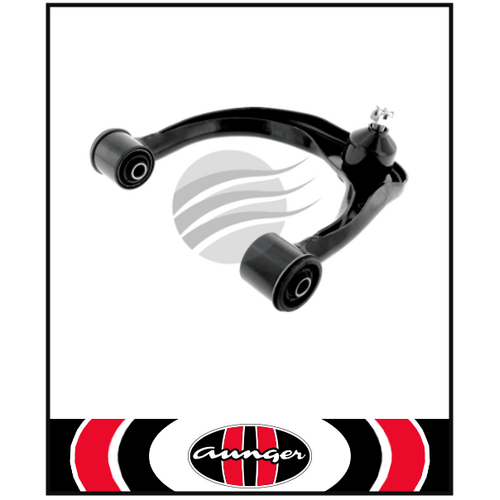
Unfortunately, there is no other solution for faulty control arms other than replacement parts. The only question is what needs to be replaced - whether you will replace the entire assembly, the ball joints, or the bushings. Replacing the entire assembly is relatively simple, you know all of the components are new, and you should be able to do it in your garage, making it a practical option.
On the other hand, the cost of the entire assembly will be more than if you replace just the ball joints or bushing. If you know which specific component is worn out, you can do it individually, and the cost will be less. However, replacing ball joints or the bushing separately requires some specialised tools like a press, so you would likely need to go to the local shop.
Additionally, regardless of whether you wish to replace the entire assembly or specific components, you should make a choice between the original equipment-style control arms and aftermarket control arms.
Upgrading Your Suspension with Aftermarket Control Arms
If you are at the point where you need to replace your control arms, it’s worth considering upgrading over simply replacing them. Aftermarket control arms are designed to be more durable, provide better traction, and improve your steering and handling when compared to OE parts. And you can find the best aftermarket parts at Perform-Ex Auto.
Our range of aftermarket suspension & steering components includes airbags, coil springs, leaf springs, lift kits, shock absorbers & struts, strut mounts, and high-quality upper and lower control arms. You simply need to choose the control arms that fit your vehicle make and model, place your order online, and we will ship the parts right to your address.
In case you need assistance with choosing the right fit or have any questions, please contact us and we will respond as soon as possible.
Leave a comment


